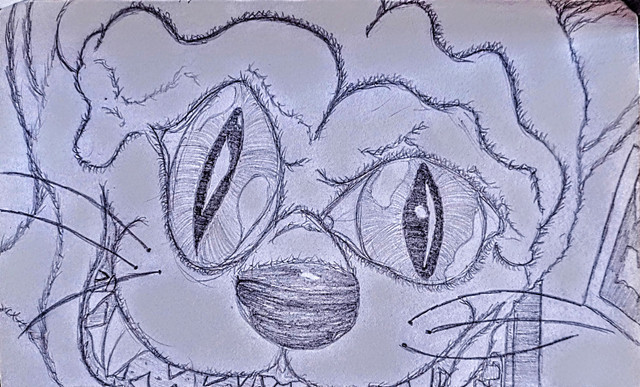HOME | DD
 Lima4999 — Neo-Serezelles
Lima4999 — Neo-Serezelles

#serina #backgrounds #birds #fanmade #speculativeevolution #speculativebiology
Published: 2021-06-19 17:11:34 +0000 UTC; Views: 3269; Favourites: 17; Downloads: 6
Redirect to original
Description
Serezelles were a clade of quadrupedal placental birds, evolved from the Changeling lineage during the Thermocene-Pangeocene bondary. They fulfill most niches of grazers and browsers after the ecological recovery, outcompeted more basal waterfowl-like canaries. But, by the end of the Pangeocene, climate change and the evolution of the more competitive Circuagodonts, most basal forms were extinct, remaining just the massive sauropod and giraffe like Boomsingers and the Spearunners.
The placental birds meanwhile were a very diverse group. One of this lineages were the Archangels, placental birds who re-evolved a egg laying method of reproduction with the cocoons of their unborn fetus. They were quadrupedals, grazers and big flyers, altought competition from circuagodonts never allow them to lose their flight hability. Until know…
Lose of flight is a quite common occurrence in insular birds. Flight is very expensive energetically and so birds with no predators and with no significant land competition often became flightless in islands. In Dixon Island, just one specie of the ancient giant Archangels that graze in the Serinaustran Stepp during summer could survived here.
However, they irradiate into 6 species of (almost) fully terrestrial Serezelles during more than 5 million years. They resemble their extinct Serezelles relatives, but their reproductive method is way more…unique!
Terrestrial Archangels incubate their cocoon eggs way more time in their oviduct, similar as the basal vivas. They put their eggs in the ground during the brief summer of the island. One or two weeks latter, their young will born. Flying young Archangels that will fly in flocks, feeding in the island or going to near islands, colonizing them. The surviving birds will grown and change their diet from a more carnivorous one to a fully herbivorous and their flight adaptation will shrink to just vestigial ones in adulthood. They are almost secondarily metamorphics!
Here we see a group of Cariangel, the most common of the Neo-Serezelles in Dixon island, going to graze in the bushes of the Stepp. There is two Sparrowgulls how feed from the fruits and insects of the bushes and more distant a pack of another strange inhabitant of this island, the Circuagaroo.Related content
Comments: 3

👍: 1 ⏩: 0

👍: 1 ⏩: 0

👍: 1 ⏩: 0
























